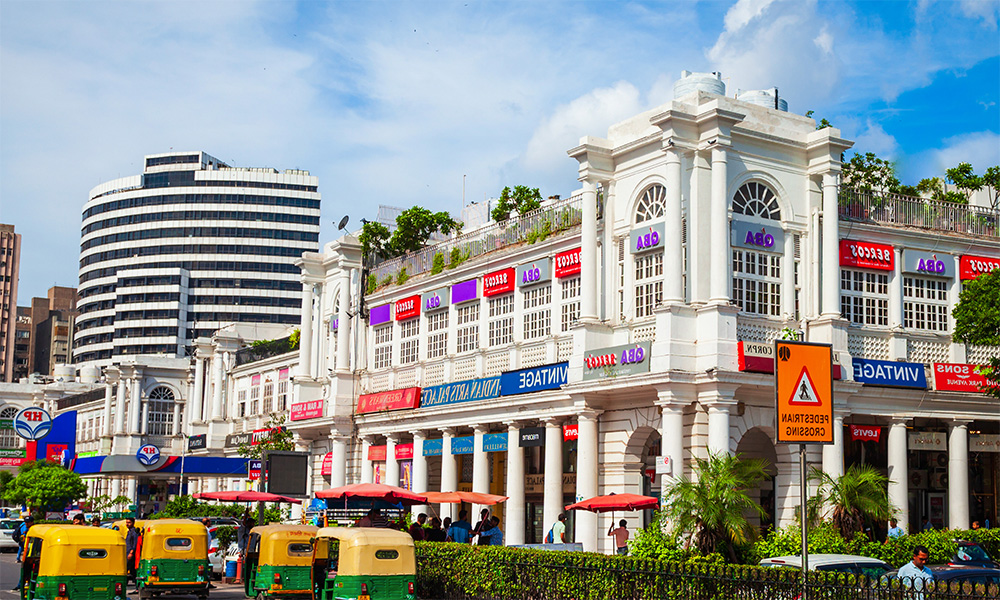The World Bank and the International Monetary Fund (IMF) see India continue to be the fastest-growing major economy for the next few years despite a slowdown and global uncertainties.
For 2025-26 and 2026-27, the World Bank has projected 6.7 per cent growth for the country while the IMF pegged it at a conservative 6.5 per cent.
The World Bank and IMF have estimated India to grow by 6.5 per cent in 2024-25 compared with 8.2 per cent in 2023-24, due to a slowdown in investment and weak manufacturing growth. This was a tad higher than the advance estimate of 6.4 per cent by the Central Statistical Office (CSO), but a tad lower than 6.6 per cent estimated by the Reserve Bank of India.
While private consumption growth has remained resilient, primarily driven by improved rural incomes accompanied by a recovery of agricultural output, the World Bank has flagged that higher inflation and slower credit growth have curbed consumption in urban areas.
They have acknowledged that India’s economic growth has slowed more than expected. The gross domestic product (GDP) rose by 5.4 per cent in July-September on-year, the lowest in seven quarters, as weaker expansions in manufacturing and consumption hurt the economy. Policymakers have also acknowledged several challenges ahead for India including the impact of saturation of wages on consumption, plateauing of global demand growth and climate impact on agriculture.
While it is good that India will maintain its top rank among major economies in the world in terms of growth rate, the estimates by these two reputed Bretton Woods institutions should act as a bellwether to the government as these rates of growth would fall short of meeting India’s aspirations to create enough jobs.
To usher in the next phase of the development cycle to get back to 7-8 per cent economic growth, the government must aggressively pursue Free Trade Agreements (FTAs) to make India part of the global value chain, reforms to increase farm income to boost consumption and increase employment generation in manufacturing absorb extra labour from the agriculture sector. Land and Labour reforms must be implemented on a war footing to support firms to grow bigger without the baggage of unnecessary compliance burden.
The upcoming Budget for 2025-26 is an immediate opportunity for policy intervention to address the skill gap challenge, tapping into the full potential of the agriculture sector, and enhancing India’s manufacturing and MSME growth through deregulation. Other priority areas should include managing India’s energy security and transition, balancing rural-urban development, continuing support to high-quality capital expenditure, and focusing on high quality through innovations.
So, growing at around 6.5 per cent won’t be enough to create enough jobs. Given that India has become the most populous country for the first time in recorded history by overtaking China, it has to fix structural issues including accelerating investment in health-education before demographic dividend peters out.
Since China began to open up and reform its economy in 1978, GDP growth has averaged over 9 per cent a year till 2022, lifting almost 800 million people out of poverty. China, the second most populous country now after India overtook it last year, has also seen significant improvements in access to health, education, and other services over the same period. China is now an upper-middle-income country whereas India is aspiring to become a high middle income country by 2047.
On the positive side, the World Bank has said that India’s services sector is expected to enjoy sustained expansion, and manufacturing activity is anticipated to strengthen, supported by government initiatives to enhance logistics infrastructure and improve the business environment through tax reforms.
The IMF said geopolitical tensions could intensify, leading to renewed spikes in commodity prices, a vulnerability for India given our dependence on imported petroleum products. The conflicts in the Middle East and Ukraine could worsen, directly affecting trade routes as well as food and energy prices. Commodity-importing countries may be particularly affected, with the stagflationary impact of higher commodity prices compounded by an appreciating dollar, it added.
In India, inflation has stayed within the central bank’s target range since September 2023 except a breach in October 2024, driven by soaring food prices. So, more steps for food price and inventory management for grains.
The multilateral institution has projected that global growth may be 3.3 per cent both in 2025 and 2026, below the historical (2000–19) average of 3.7 per cent.
Given the not-so-supportive global economic environment, the budget should make an overarching statement about long-term economic policy of the government towards 2047, the 100th year of independence.
Similarly, the importance of strengthening capital formation with private sector participation should be stressed further. Capital formation as a share of GDP was 27.3 per cent pre-Covid because of balance sheet issues in the private sector. Now, it has increased to 30.8 per cent, largely because of government-driven public investment. Investment growth overall has to remain steady, with rising private investment, supported by healthy corporate balance sheets and easing financing conditions.

